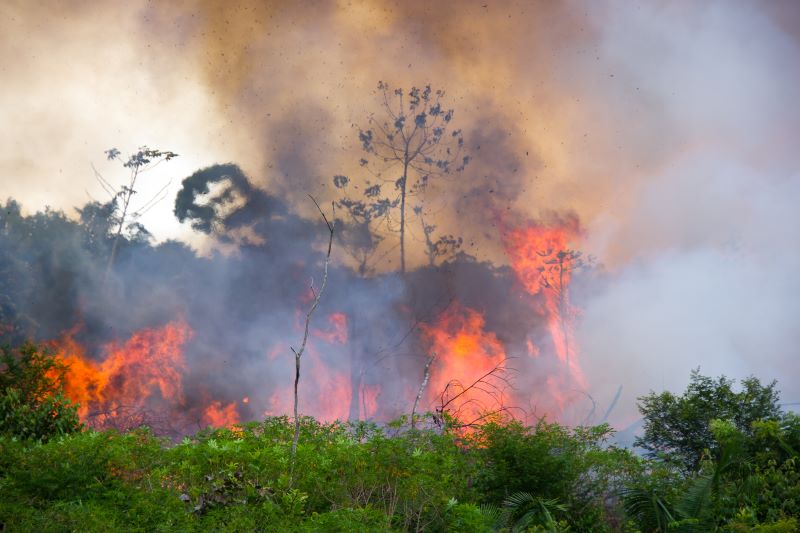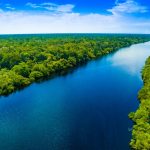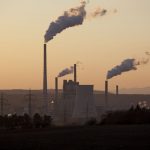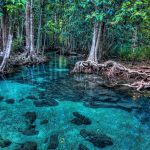The Amazon Rainforest is Emitting Carbon Dioxide
- Categories:
- Climate Change
- Forests

The Amazon rainforest is now a net carbon producer
Scientists have sadly confirmed that parts of the Amazon rainforest are now emitting more carbon dioxide than they are able to absorb – the rainforest is currently creating emissions of around a billion tonnes of carbon dioxide a year. The study was published in Nature by a group of Brazilian scientists who spent almost a decade flying back and forth over the forest, collecting samples to be analysed for carbon dioxide concentration.
Forest burning produces around three times more CO2 than the forest absorbs.
This may come as a shock to those who thought that the Amazon was responsible for removing a large amount carbon dioxide from the atmosphere. While the massive rainforest has been an important carbon sink in recent years, vital for absorbing the emissions that are contributing to the climate crisis, it is now feared we have reached a ‘tipping point’ where it is instead becoming a carbon source.
Understanding carbon sinks
The Amazon rainforest plays a vital role with its capacity to store carbon, as well as its ability to create regular water cycles by recycling water from the soil. The rainforest stores an amount of carbon equivalent to two to three times all the CO2 emitted by the UK since 1750. However, when the trees die, this carbon can return to the atmosphere, particularly when fires occur.
Human destruction of the rainforest has been continuing over time, with deforestation for agriculture and human expansion. Wildfires have also become more common as the climate crisis accelerates.
The increase in fires in the Amazon, both deliberate fires to clear land and fires caused by climate change, is particularly worrying because forest burning produces around three times more CO2 than the forest absorbs.
Moreover, since trees produce much of the region’s rain by recycling water from the soil into the atmosphere, tree loss means more severe droughts and heatwaves, which compounds the death of trees. It is essentially a positive feedback loop, where the more tree destruction that occurs leads to the remaining forest becoming more vulnerable to fires and other damage.
The shift of the Amazon from a carbon sink to a carbon source has been described as a worrying tipping point and the chances of reversing the situation are becoming slimmer as more time passes.
What can be done about this?
While scientists are clearly deeply concerned about the recent developments in the Amazon rainforest, they are still hopeful that changes in behaviour can mitigate some of the damage.
We must reduce forest loss by deforestation and fires, and invest in massive landscape restoration. Some suggestions by scientists include the following:
- Better enforcement to prevent illegal activities that are causing deforestation in the Amazon.
- Positive incentives for sustainable practices in forestry and agriculture.
- Support for indigenous peoples and the economies of local communities.
- Increasing transparency and traceability of products sourced from the Amazon.
- Engaging the international community, including large private corporations, in environmental solutions including green finance.
- Boycotting products and initiatives that drive deforestation.
We must also realise that we cannot rely on trees to save us by absorbing all of the carbon emissions humans create without taking any other action – this is not a viable long-term strategy. Instead, we must cut emissions quickly and dramatically so that we don’t continue to cause long-lasting damage to our planet.
You can help us support the fantastic charities that are doing work to combat deforestation and climate change by using SearchScene. We donate 95% of our profits to charities such as Eden Reforestation Projects, who are restoring healthy forests in locations across the world, and WWF, who are also working to restore trees, as well as driving sustainable practices in the Amazon and working to get areas of the Amazon recognised as protected areas.










